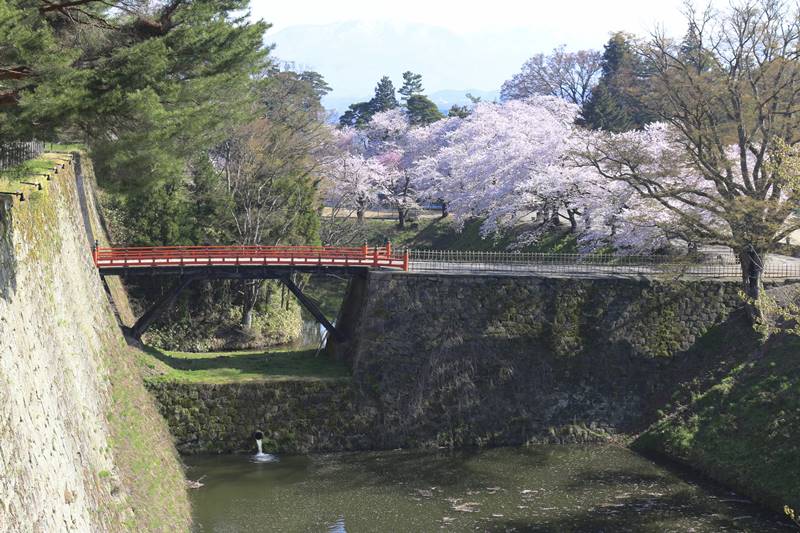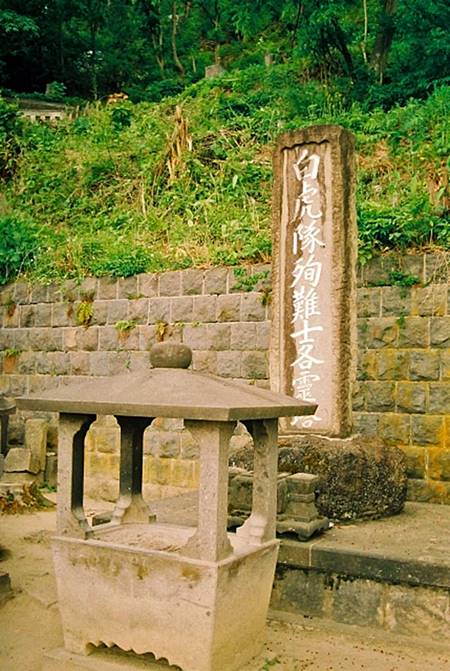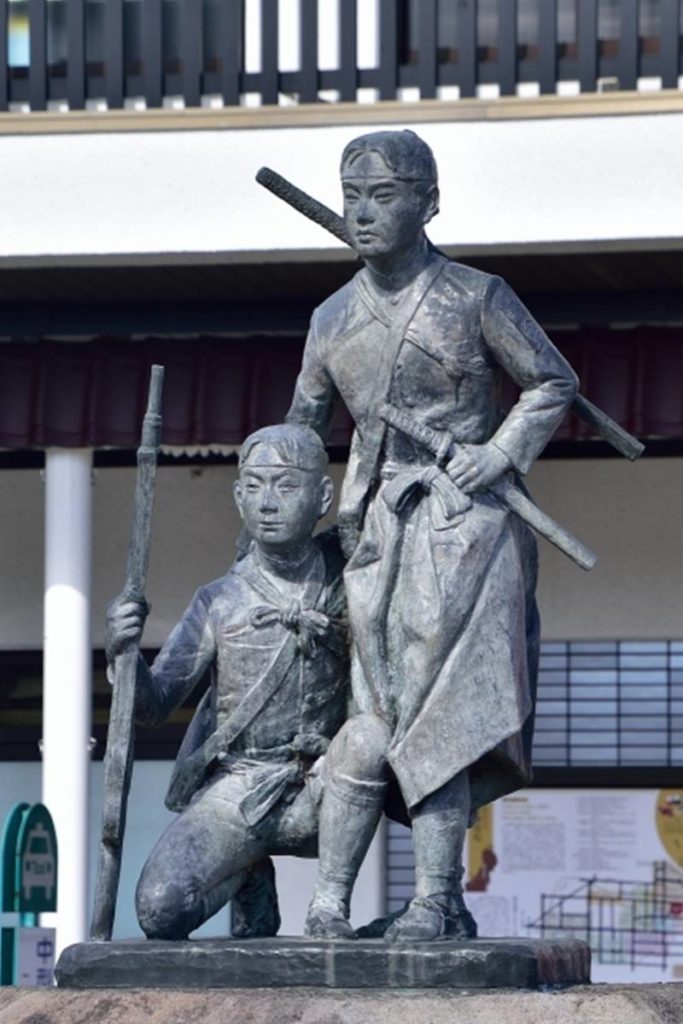This is all about Aizuwakamatsu Castle Ruins you want to know.
Every information you get on this site will be from a credible source based on Japanese history (books for reference).

Collected by the Inagaki family, the Toba Daimyō from the mid-Edo period to the Meiji Restoration, as materials for military studies. There are about 350 illustrations, but there is no uniformity because only illustrations of castles, illustrations including castle towns, and old battlefield illustrations are mixed.
Another typical example of a castle picture in the Edo period is "The Shōhō Shiroezu", picture of the castle and castle town that the Edo Shogunate ordered the daimyō to create and submit,aggregating military information such as the buildings inside the castle, the height of the stone wall, the width of the moat and the water depth, etc., it also details the location and shape of the castle town and the mountain river.
Profile : Aizuwakamatsu Castle Ruins
| Location | Aizuwakamatsu City, Fukushima Prefecture |
| Also known as | Tsuruga Castle, AiZu Castle, Kurokawa Castle |
| Type of castle | Hilltop |
| Mountain's name | ー |
| Elevation | ー |
| Condition | Reconstructed main keep |
| Designation | Nationai Historic Sites |
| Year built | 1384 |
| Abolished | 1874 |
| Castle lord | Ashina Naomori |
| Refurbishment lord | Gamou Ujisato |


The family crest was originally created from the pattern that the emperor and the royal family put on the kimono, and the pattern was made into a fixed pattern, and the one attached to his own oxcart is said to be the beginning of the family crest. The warlords drew large crests on the flag-fingers, used to distinguish enemy views on the battlefield, and used by the generals to determine which warlords were active and how much.
Aizuwakamatsu Castle admission
admission fee : 410yen (Adult) 150Yen(Non adult)
admission time : am8:30-pm5
closing period : open daily reference official site (japanese)
Aizuwakamatsu Castle Google Map
Aizuwakamatsu Castle Images


Both are rebuilt. The black tiles roof of existing building was replaced with cold-resistant red tiles in 2011, before being demolished in the Meiji era. It was completely renovated to the end of the Edo period.





a new bridge was rebuilt at the end of March 2018. The new bridge is constructed using Japanese cypress, the upper row of the bridge color is vermilion using lacquer from Aizu, and the structural material supporting the bridge is black, the same color as before.

Aizu Clan, who participated in the Boshin War as a former Shogunate army,organized units similar to the Western countries by age. At this time, the youngest member of the unit, the 16-17 year-old boy, was organized by the "Byakkotai" / "White tiger forces" (from Wikipedia)


I am sorry for the proud.
Link-1 : Three Great Castle in Tōhoku district
【Iwate Prefecture】Morioka Castle 【Fukushima prefecture】Shirakawakomine Castle 【Fukushima prefecture】Aizuwakamatsu Castle
Link-2 : A fierce battle in japanese history
【north japan】Goryōkaku 【east japan】Kawagoe Castle 【central japan】Ueda Castle 【west japan】Tottori Castle 【west japan】 Chihaya Castle 【south japan】Shimabara Castle 【north japan】Aizuwakamatsu Castle
Link-3 : A Castle closely related to "Gamō Ujisato"
【central japan】Odani Castle 【north japan】 Shiroishi Castle 【north japan】Aizuwakamatsu Castle
